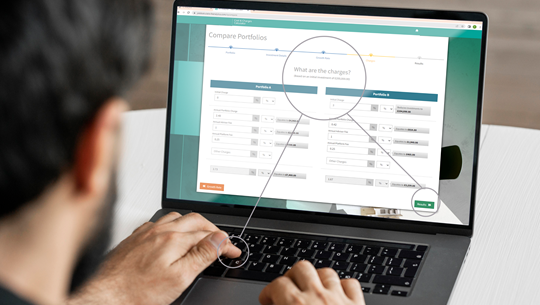The European MiFID Template (EMT) has been used to transfer target market and costs and charges data from fund groups to distributors since January 2018. Having gone through a few iterations during development, the original version has not changed since it came into use over 18 months ago.
A second version of the EMT was adopted at the beginning of 2019 by many in the structured products industry, with additional fields specified by them.
The European Working Group behind the EMT has been transformed from an affiliation of fund groups and trade bodies around Europe into the more formal and structured FinDatEx, which is now working on version 3 of the template. This is expected to be approved by October this year and run in parallel with versions 1 and 2 from the start of 2020, with those versions withdrawn in June 2020.
There are several new or changed fields in version 3, so, while the final template is yet to be agreed, it is worth pointing out some of the key features of the latest draft:
- There are extra date fields throughout the template – file generation date, reference date for general data, target market reference date, ex ante costs date and ex post costs start and end dates. While care should be taken to ensure the right dates relate to the right sections, these multiple date fields help make it clear if only part of the template is being updated.
- All ongoing costs should be annualised, even if the reporting period is shorter, for example, if a fund or share class has only been in existence for three months.
- Instead of using “99.99” to indicate that a fund does not have a performance fee, a Y/N field has been added to the General Instrument information section to show this.
- The target market Investor Type, Knowledge & Experience and Client Ability to Bear Losses sections use hierarchical logic. For example, a fund that is compatible with clients who cannot bear any capital loss is also automatically compatible with clients who can bear to lose some, all or more than their original investment. FE's EMT validation rules will take this logic into account.
- Some of the target market fields have been renamed to make it clear that they should be seen from an investor’s standpoint, not the fund’s. Showing that a UCITS fund is compatible with investors who are prepared to lose more than their original investment does not imply that the fund could lose more than 100%.
- A field has been added to the Client Objectives & Needs section to show if the product is compatible with clients who have an ESG preference. No further guidance will be provided and no further detail is required beyond Y/N/Neutral, so distributors will then need to investigate further to see if a fund’s ESG policies meet the specific needs of a potential investor.
- In most countries (notably excluding the Nordic countries), monthly data accuracy is expected to be enough, but the template must be updated in the event of any material change.
As we know, regulatory change is an iterative process. The changes in version 3 come from industry use and feedback gathered over the past 18 months and therefore aim to remove ambiguities present in the current versions. We will provide further updates if there are further significant changes before the new template goes live in 2020.
For more information, please contact us.


